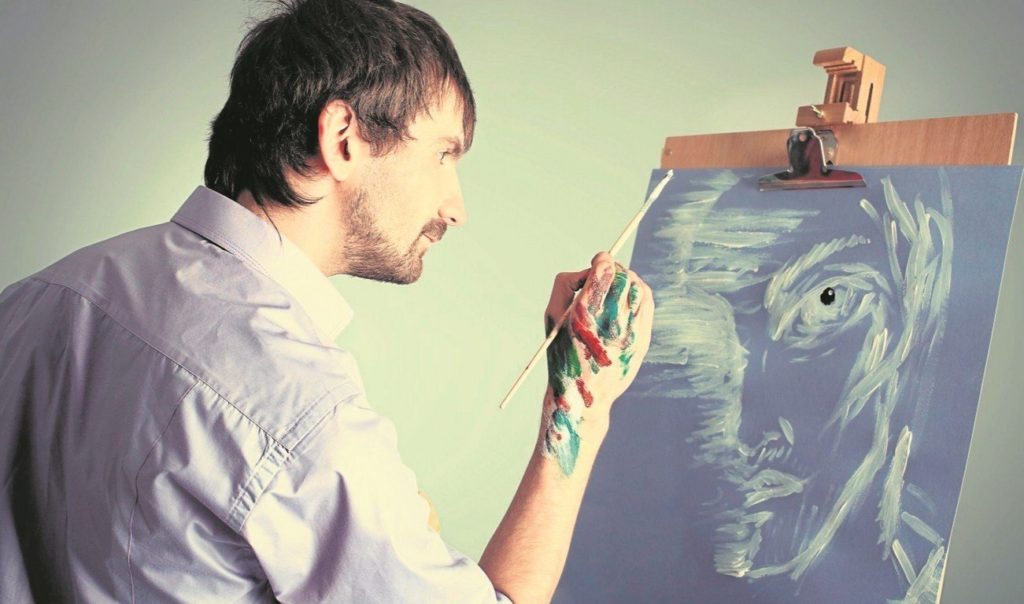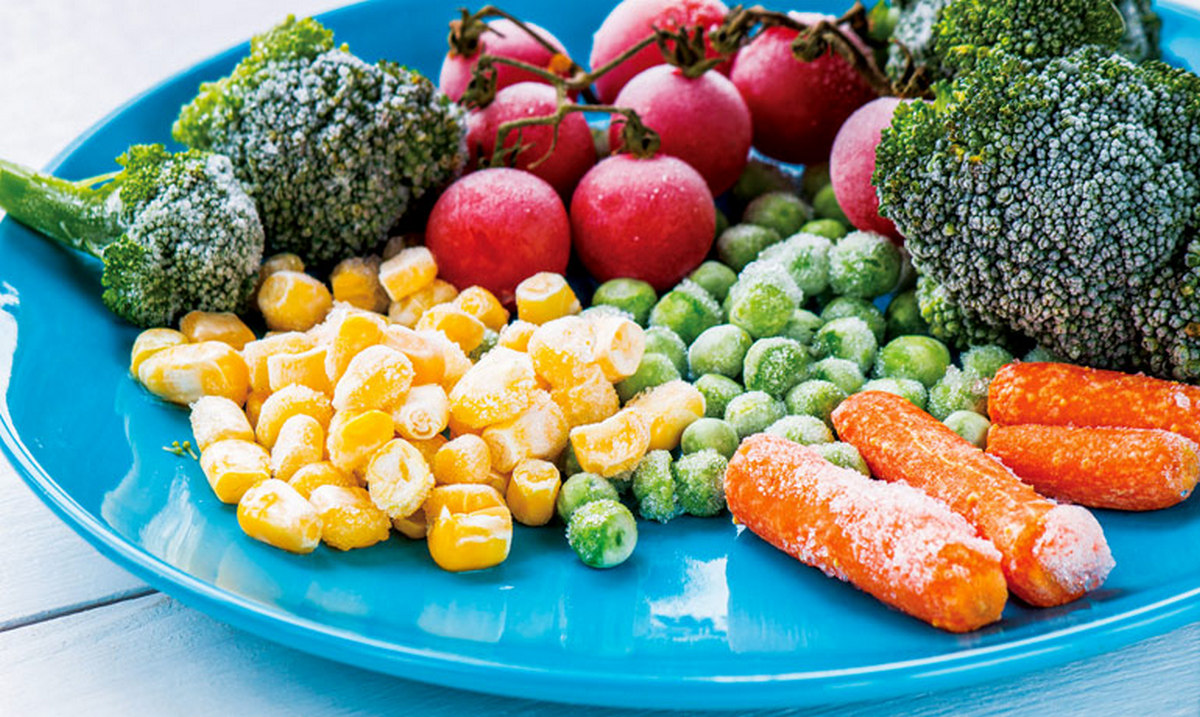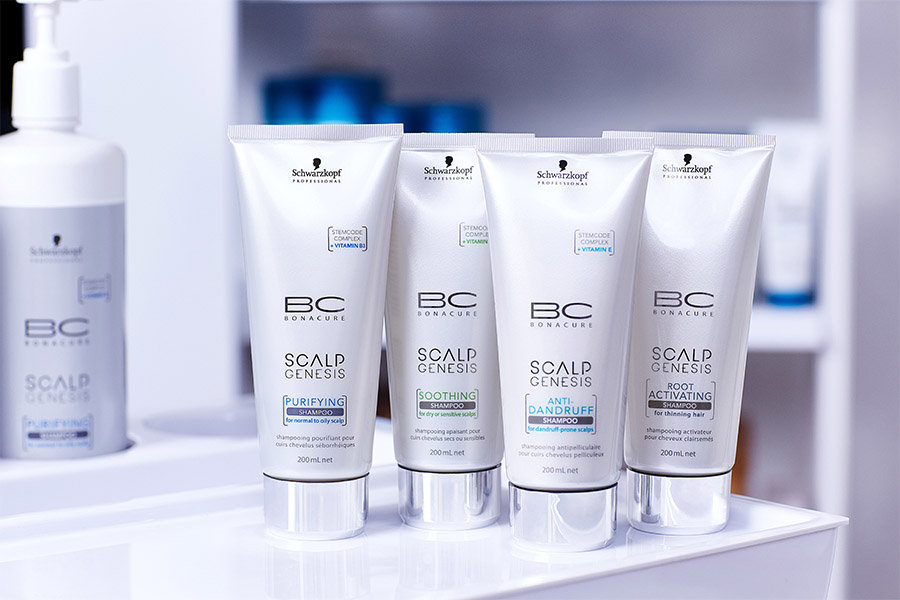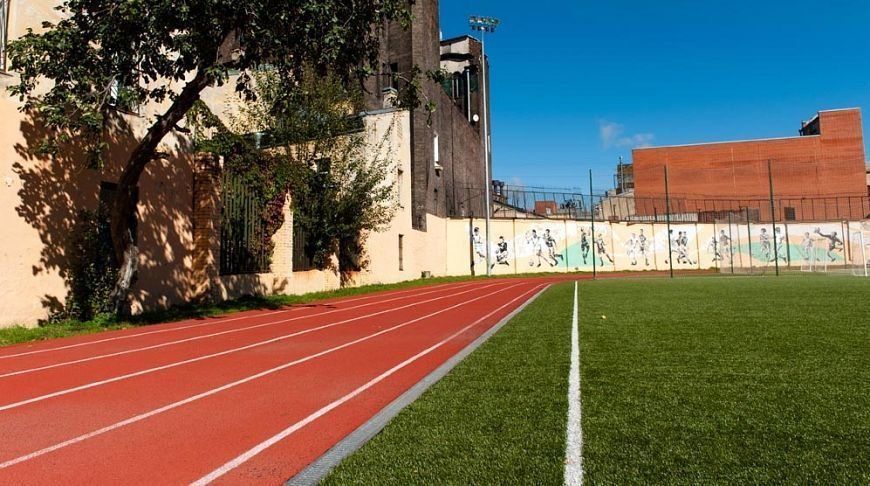Rating of the best sets of acrylic paints for creativity for 2025

Acrylic is a versatile and quick-drying medium for painting on virtually any surface, from canvas and wood to metal and textiles. Such paints are easy to use, have excellent brightness characteristics, which together allows you to create multi-level visual effects and textures of varying complexity. Acrylic is suitable for both beginners and professional artists. The paint itself is very popular among multipliers, the reason for which was its rich color range and the absence of harmful elements in the structure. Drawing with this type of paint is allowed even for small children due to their environmental friendliness and non-toxicity.

Content [Hide]
Main technical characteristics
The paints under consideration have a number of special properties that distinguish them favorably from other analogues. First of all, these are polyacrylates, i.e. substances that can adhere tightly to any surface. A high degree of adhesion is achieved due to the presence of water in the initial liquid composition, which, when dried, causes the applied layer to solidify firmly. From this it is clear that the most budgetary options can be removed from the surface with plain water.However, this process must be carried out as quickly as possible, until the polymerization of the acrylic substance has begun - then the applied pattern will receive an outer waterproof layer, which, not only with water, but also with some types of solvents, cannot be removed.
Also, the structure contains special pigments - these are the very components that are responsible for creating a durable waterproof layer, while the layer itself remains transparent. Thus, when solidifying, the emulsion itself will not change its color and will leave the same shade that turned out during drawing.
The main technical characteristics can be divided into three points:
- High-quality acrylic-based paint is best able to withstand exposure to water. In application, it is precisely this property that made this material preferable for finishing bathrooms and bathrooms. For artistic use, this property will ensure the long-term preservation of the painted pictures.
- The type in question is easily applied to almost any surface, adhering to them with high quality. In addition, the viscosity of the composition is at such a level that the drawing dries relatively quickly, and this parameter will be useful for both artistic and applied use.
- The structure of acrylic allows you to experiment with the appearance of the coloring matter after its application. For example, the properties of the composition can be expanded by adding a luminescent-based additive to it, and then the pattern will glow in the dark. Adding a bit of gloss, you can give the picture a certain shine under natural light.
Additionally, it can be noted that acrylic paint sets allow mixing colors, and this is already an opportunity to form your own palette. This option is very convenient, because you don’t have to specifically look for the right shade in stores. Moreover, color fixation does not occur too quickly, so double and even triple mixing is possible. This option is very convenient when you need to change the color already applied to the canvas, however, you must always remember about the polymerization period of the protective layer.
Types of acrylic paints
Most often, artists prefer to categorize them by color composition:
- "Metallic effect" - imitate the brilliance of metal;
- "Pearl" - with their help it is possible to create a coating that refracts light;
- "Fluorescent" - such compositions contain a component that glows under the action of ultraviolet radiation;
- "Gloss" - they form a shiny surface with soft shades of silkiness;
- "Matte" - after drying, they form a continuous opaque layer, in which the shine is completely absent.
Products can be supplied in tubes, bottles and even buckets - it all depends on the scale of the future drawing and the specific task.
Oil and acrylic paints - the main differences
The binder in oil paint is linseed oil, and in acrylic it is water. Therefore, the latter is referred to as water-based paints, and oil-based paints. The speed of their drying depends on the base. Water can evaporate quickly, so acrylic paints are considered quick-drying. Oil formulations take a very long time to dry, which can take up to several weeks. Drawings created using oil products may turn yellow over time and the intensity of their colors will drop several times.Acrylic is not subject to such changes even after a long time period. In order to preserve the quality of the oil layer, it is preferable to immediately protect the painting based on it with a special varnish. Acrylic painting does not need such protection, since the paint already contains special pigments that provide protection. Also, the oil layer will crack over time, but the acrylic layer will not, because it has parameters of increased plasticity. Oil paintings are not able to endure sudden temperature changes, while acrylic paintings are resistant to such negative influences. Nevertheless, for oil, for acrylic compositions, the presence in their structure of special substances that interact poorly with various aggressive chemicals is characteristic - here we are talking about specialized solvents.
Advantages of acrylic based paints
The type of substance under consideration is quite young and was invented in the first half of the 20th century. In a very short period, this material has become popular with architects and painters, and has also found its application. The structure is made up of complex polymers of esters of cyanoacrylic, methacrylic and acrylic acids, in other words, polyacrylates and their copolymers. Due to their own synthetic base, they do not require the use of complex solvent mixtures. Paints have a pasty consistency, they can be diluted with water, tinted with various pigment pastes. The layers are applied thinly and evenly, after drying, forming a dense coating that successfully resists moisture. Their main artistic features include:
- Repeated application of the composition to the same place until the top layer has polymerized;
- It is possible to work with the substance on a dry brush or create a smooth gradient when using a wet one;
- When dried, the substance darkens a little, which makes the applied shade much brighter and more expressive (in painting, this effect is called “color change from wet to dry”);
- By means of acrylic paints it is possible to create an almost unlimited palette of colors and shades, they mix perfectly, with their help it is not difficult to obtain completely original tones.
If we talk about their practical advantages, then the property of quick drying can be put at the forefront (after evaporation of the water base, a dense connection of the coloring pigment and the polymer solidifies on the surface). Also, the substance fits perfectly even on an unprepared surface, while maintaining elasticity and the ability to resist the formation of cracks for a long time. The material is absolutely safe for people and the environment. The consistency of the acrylic substance is easy to adjust - it can be either very thick or very liquid, which can be achieved by simply adding the right portion of water. Acrylic goes well with ink, oil, watercolor and other art materials, which indicates the wide possibilities of their combinations when painting.
Features of use
Working with acrylic material requires the artist to have certain skills and knowledge. The main problem for beginners is the fairly quick drying of the polymer layer. Inexperienced users cannot guess the right moment in time when an already made drawing can still be corrected. The problem is solved by simply diluting the coloring substance with water - the more it is, the longer the image will dry and, accordingly, the artist will have more time to correct.
In any case, acrylic is allowed, and in some cases even mandatory, to be diluted with water. For example, if the work is carried out with a spray gun or the drawing is done in a room with high temperatures, then adding water will slow down the overall drying process. At the same time, water can be added to an already applied image in order to revive the color palette.
When mixing water and acrylic, you must follow some simple rules:
- It is better to use distilled water (available at any pharmacy), rather than plain tap water;
- If it is not possible to use distillate, then ordinary tap water must be filtered and allowed to stand for a day;
- All operations for dilution of the coloring mixture are performed in a separate clean container.
The ratio of paint to water in the mixture will directly depend on the painting technique used. For a primary coat, the proportions may look like 1:1. A second, smoother coat will already require a ratio of 1:2. The translucent glazing technique will require stirring 5:1.
Beginners are advised to gradually learn all acrylic painting techniques, so the usual five colors will be enough for them:
- Blue;
- Yellow;
- Red;
- Black;
- White.
If desired, from this set, by combining colors, you can get dozens of new shades.
Surface preparation for drawing (canvas)
The technology of working with acrylic material allows for self-preparation / creation of a surface for drawing. The easiest option is to adapt a simple board with a fairly even surface for the future masterpiece, and the type of wood will not play a leading role.
In order for the coloring acrylic to adhere to the surface as firmly as possible, you need to take textured paper (this is used for making origami) and paste it over with ordinary glue or decoupage that part of the board where you plan to apply the drawing. To achieve an even background of the image, and so that it itself is distinguished by brightness, beauty and does not have distortions, it is necessary to pierce all the formed bubbles with a simple needle (this is how air is removed). The next step will be the use of a primer, which will serve as 10-15 layers of decoupage glue, but they should not be applied immediately, but only after each previous layer has dried. Further, the base is subject to grinding, for which it is necessary to use sandpaper. The process is as follows: the surface is slightly wetted with water, and then rubbed until a characteristic glossy shade appears. The smoother the first layer of primer was made, the easier it will become to paint on a homemade canvas. The final step, which is performed only when necessary, will be to obtain a uniformly white background. For this operation, it is enough to apply a thin layer of ordinary white over the entire area and allow them to dry properly.
drawing techniques
In total, there are four main drawing techniques:
- Glazing - in this technique, the image is formed by separate layers superimposed on each other. Before starting work on this method, you need to properly prepare the mixture - it must be diluted with water to a translucent state. Each next layer is applied only after the previous one has completely dried. The volume, depth and expressiveness of the final image will directly depend on the number of superimposed layers (the more, the better).It is worth noting that this technique does not provide for direct mixing of colors, the color scheme is “mixed” as a result of the imposition of layers, and to obtain the desired shade, the artists use a special color table. For example, to obtain a green tint, a yellow pigment is first applied, and after it dries, a blue pigment is applied on top.
- Dry technique - it involves drawing without first wetting the brushes in water. The brush immediately dips into the paint and it is applied to the canvas. Several brushes are used at once, and upon completion of work they are rinsed clean and completely dried. Through this technique, it is possible to clearly define color transitions and display the unevenness of the drawn objects in a very natural way.
- Watercolor imitation - this type of painting is the application of a very liquid, diluted coloring mixture to a canvas that has also been pre-moistened with a spray bottle. The greater the concentration of water in the mixture, the more transparent and delicate the shades will turn out;
- "Impasto" - this technique is somewhat reminiscent of the pasty application of oil strokes. Layers are applied with a flat brush or palette knife, due to which the strokes are embossed and thick, which visually emphasizes the volume of the entire texture of the image.
Drying time for acrylic images
Professional artists distinguish two main stages of drying:
- Partial polymerization is the formation of a thin elastic upper layer of the picture. It can last from half an hour to two hours. After this period, the next layer can be applied.
- Polymerization is complete - it occurs for all acrylic paints exactly in a day.
The following factors influence the polymerization process:
- Air temperature - the higher this indicator, the faster the water evaporates and, accordingly, the faster the drying occurs. Industrial drying is carried out in special chambers, the temperature in which is set from +25 degrees Celsius.
- Air humidity - low humidity means quick drying. If the humidity increases, then the drying period will increase;
- The thickness of the applied layer - a thin layer dries faster;
- The composition of the mixture - a large amount of water in the composition will slow down drying.
IMPORTANT! In some cases, an acrylic painting can be dried even with a household hair dryer, but the device must be at least 30 centimeters from the canvas during the drying process. If you dry the picture in a natural way, then its durability will increase significantly.
Rating of the best sets of acrylic paints for creativity for 2025
Budget options
3rd place: "Acrylic paints for drawing and hobby "Treasure Island" 6 colors of 25 ml"
votes 0
Great for drawing and decorating. Easy and simple to apply to almost any surface. Provide fast drying without color change. They have a high level of covering power. The composition contains 6 bright and saturated colors: white, black, yellow, green, red, blue. The paints mix well, do not fade when dried and do not fade when exposed to ultraviolet rays. When dried, they form a matte surface. Supplied in a 25 ml pop-up container in a cardboard box. The recommended cost for retail chains is 177 rubles.

- Reliable packaging;
- Bright and saturated colors;
- Suitable set for beginners
- Not detected.
2nd place: "DecArt fluorescent 6 colors, 20 ml each, Expopribor"
votes 0
This material is designed for artistic and decorative works, has bright saturated colors, which are enhanced by sunlight and artificial lighting. The maximum effect is achieved thanks to the illumination with ultra-violet light sources. They can work on paper, cardboard, wood, canvas, ceramics, plaster, concrete and other materials. After drying, they acquire the proper strength, water and light resistance. The paints are ready to use, if necessary, they can be diluted with water or acrylic varnish. They simply mix with each other, forming new colors. In case of contact with the skin, the site of contamination should simply be washed with water. Safe when used as directed. The recommended cost for retail chains is 219 rubles.

- 6 primary colors in a set;
- Ease of mixing;
- Environmental friendliness.
- Not detected.
1st place: "Ray", metallic 6 colors, glossy"
votes 0
Another set for beginners. The composition contains special additives that form a top layer with a metallic effect after application. The material is supplied in jars with a screw cap, their capacity is 15 ml.
Available colors: silver, gold, copper, black, bronze, antique (aged) gold. Designed for application on paper, cardboard, wood products, gypsum, ceramics.After drying, it forms a waterproof surface layer. The recommended cost for retail chains is 294 rubles.

- The presence of a rare color in the set (aged gold);
- Adequate price;
- Special additives included.
- Small container of delivery.
Medium price option
3rd place: "Professional acrylic paints in tubes for drawing, set of 12 colors of 12 ml, Brauberg ART Debut"
votes 0
These products of the famous brand "Brauberg" are intended for painting and decorative work. Easily and simply paints are applied to almost any surface. Bright, saturated and voluminous colors give the picture great expressiveness. Fast drying does not change color. Characterized by excellent protection and lightfastness, can be diluted with water. They have a matte finish, are non-toxic and do not have an unpleasant pungent odor. The material is supplied in tubes of 12 ml in a cardboard box. The recommended cost for retail chains is 329 rubles.

- The best ratio of price and quality;
- Extended palette set;
- Quality German brand.
- Small tube volume.
2nd place: “A set of fluorescent acrylic paints “Malevich”, acrylic 8x12 ml”
votes 0
This set has a special specificity, because it includes fluorescent paints, i.e. glowing in ultraviolet light. They are suitable both for independent creativity and for decoration and decoration, for example: painting on clothes and shoes, decorating accessories.Even without UV illumination, they look very bright, and when illuminated, they begin to emit a very noticeable glow. They can be mixed with base acrylic, but they will glow dimmer in a UV lamp. The recommended cost for retail chains is 364 rubles.

- High-quality set for design work;
- Convenient application;
- Possibility of mixing with original acrylic.
- For an "explosion of color" will require the imposition of several layers.
1st place: "Brauberg Art Premiere Acrylic Art Paints, Set of 12 pcs., 22 ml each"
votes 0
Another professional set that includes the most necessary 11 colors for the artist. Non-toxic, environmentally friendly. Supplied in tubes of 22 milliliters, which is not a small amount for such sets. Easily applied to any surface. Mixing with a large amount of water is allowed for working in the watercolor technique. The recommended cost for retail chains is 629 rubles.

- Sufficient content kit;
- The ability to work with the technique of "watercolor";
- Adequate price.
- Not detected.
Premium class
3rd place: “Amsterdam Standard Acrylic Paint Set 90 tubes x 20ml, in carton box”
votes 0
The Amsterdam set is made from carefully selected pigments and 100% acrylic resin as the binder. Therefore, when dried, the paint forms a durable film that does not even require additional protection with varnish. All colors are simply mixed with each other and, if necessary, can be diluted with water.They have a high level of lightfastness, are resistant to alkaline environments and do not have an unpleasant odor, so they can be used both outdoors and at home. The material is universal in its use, lays flat on any previously degreased surface - paper, cardboard, canvas, wood, glass, plastic, etc. The set contains various "mediums" to give special effects in acrylic painting. The recommended cost for retail chains is 16,500 rubles.

- The presence of mediums in the kit;
- Expanded color palette;
- Quality composition.
- Too high price.
2nd place: "Royal Talens Rembrandt Acrylic Paint Set Traditional 10 colors"
votes 0
These are high quality paints for professional artists. They have a high degree of lightfastness, compacted texture and bright, juicy, saturated colors. When dried, the color will not fade or cloud, it will remain juicy and shiny, and even after a long time, the work painted with Rembrandt acrylic will look expressive and fresh. Fits perfectly on any surface, be it canvas or paper, glass or wood. After drying, it does not form cracks, in addition, it does not require special fixers or varnishes.
artist level. The recommended cost for retail chains is 26,800 rubles.

- Increased level of protection;
- The durability of the created image;
- Traditional colors included.
- Too high price.
1st place: "Gift set of Rembrandt acrylic paints Traditional 10colour*40ml wooden box"
votes 0
This gift set includes 10 x 40 ml tubes, an acrylic medium, 2 brushes, an oil can, a wooden palette, and a brochure. All accessories are in a stylish wooden case. According to its properties, the set will be sufficient for artistic and design activities of a professional level. The recommended cost for retail chains is 30,100 rubles.

- Original gift set;
- Traditional colors available;
- Complete set for the artist "from scratch", including all tools.
- Too high price.
Conclusion
When working with acrylic, it is very important to remember that acrylic is a film, after drying, it is not affected by water and it is quite difficult to clean the palette. Therefore, it is important to calculate the consumption of paint and clean the palette as often as possible in the work between fillings and stages.
new entries
Categories
Useful
Popular Articles
-

Top ranking of the best and cheapest scooters up to 50cc in 2025
Views: 131650 -

Rating of the best soundproofing materials for an apartment in 2025
Views: 127689 -

Rating of cheap analogues of expensive medicines for flu and colds for 2025
Views: 124517 -

The best men's sneakers in 2025
Views: 124031 -

The Best Complex Vitamins in 2025
Views: 121938 -

Top ranking of the best smartwatches 2025 - price-quality ratio
Views: 114978 -

The best paint for gray hair - top rating 2025
Views: 113393 -

Ranking of the best wood paints for interior work in 2025
Views: 110318 -

Rating of the best spinning reels in 2025
Views: 105327 -

Ranking of the best sex dolls for men for 2025
Views: 104365 -

Ranking of the best action cameras from China in 2025
Views: 102215 -

The most effective calcium preparations for adults and children in 2025
Views: 102010









